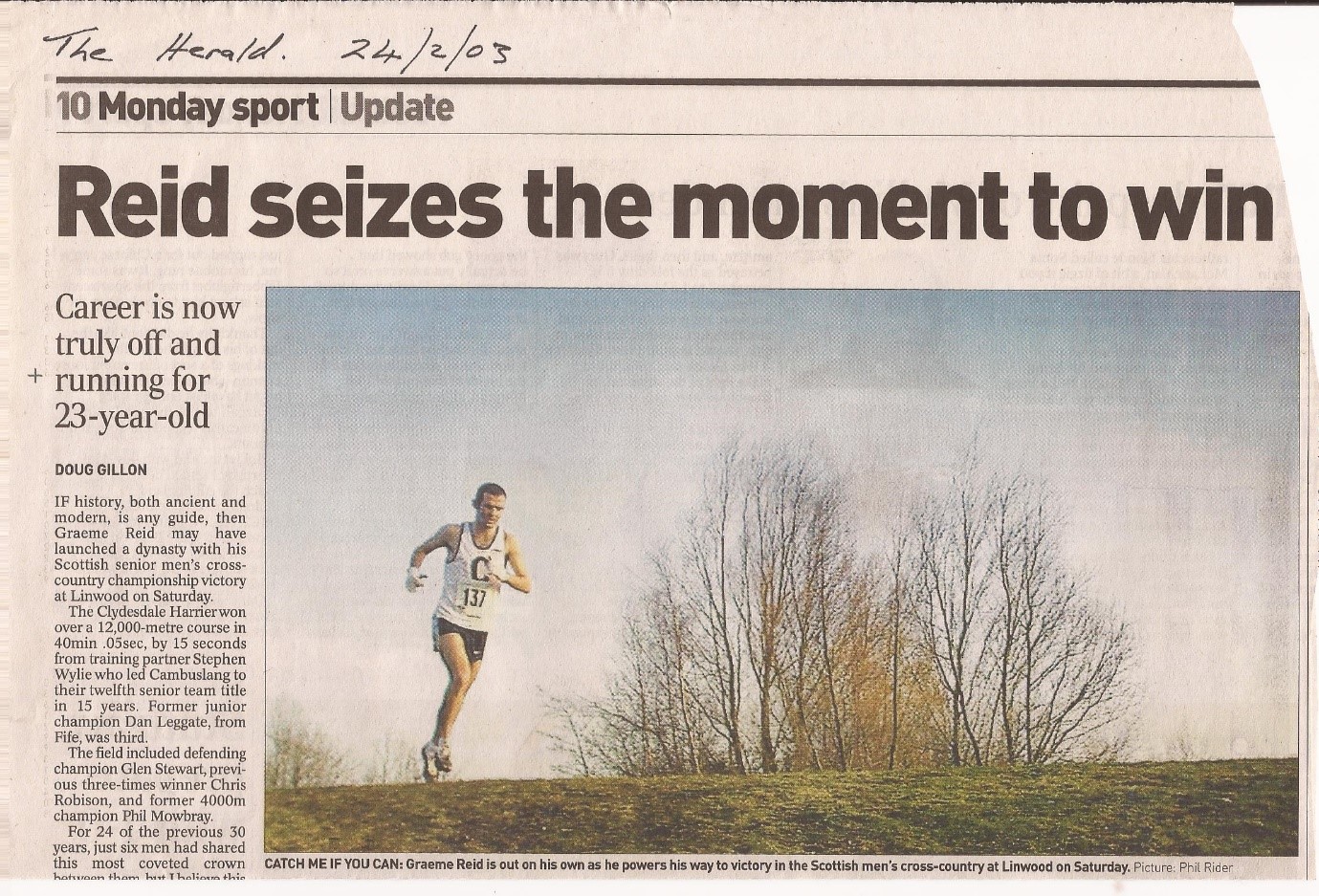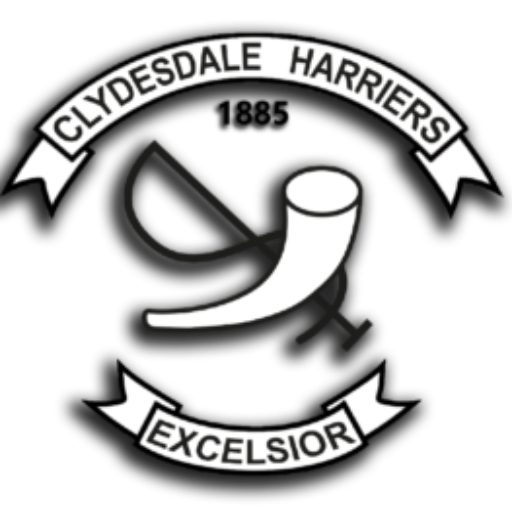
There is a saying that coaches always work backwards and there is truth in it. A practical example: the Scottish track championships, which included the Scottish marathon championship, were held on the third weekend in June. How did the athletes – track, field and marathon prepare for them?
If you know what the question is in any examination, (Highers, university, whatever) then you are halfway to the answer. If you want to run your best 800m, 1500m or 5000m on say 18th June, then the coach would go back six weeks and have the competition season begin then. For the events above, the peak race would often come as the fifth or sixth race at that distance. There would also of course have to be some races below that distance to sharpen up the speed and something a bit longer too. If your event was 1500m, two things had to be borne in mind: first that the 1500m runner would need a programme including five at 1500m, a couple at 800m and probably two at 3000m. Second there was no way that the runner would be able to jump straight from the strength and conditioning of winter to racing season: there would have to be the pre-season which provided a kind of bridge.
The training would then be organized backwards to be something like six weeks or so of a racing season taking you back to the start of May, preceded by five or six weeks of pre-season which took you back to the end of March; and the preparation for all of this which was from the start of October through to the end of March – which period would be split into two periods, one from October to 31st December, the next from 1st January to March. The year then looks like:
*October – end December: Preparation period 1; January, February and three weeks of March Prep period 2.
*April to Mid May: Pre -season and early racing;
*Mid May to end June: Racing season.
That’s the traditional method of getting ready for a championship and it usually works well. We all know the ingredients such as steady running, long runs, repetition running, brisk running, race pace running and for the out and out track runner, gym work in winter. It’s the mix that is difficult. As the runner quoted last month said for the distance man, it’s two effort sessions plus a lot of steady running.
A knotty question is whether to do track training in winter? The answer is to go to any public track in winter and you will undoubtedly find distance men running long reps. Long reps can be done on the road of course- and in many parts of the country with no track there is no option. Crown Point and Coatbridge used to be busy all winter with runners training there, even on snowy nights. The obvious advantage of track over road is that the runner can practice running at even effort. If it’s just miles at 6 minutes, then you can do that in many ways – fast start, slow finish; slow start, fast finish; fits and starts, etc.
Track Sessions? The British Miler’s Club founder used to advocate doing a 5000m session once a week all winter. What was that? It was reps totalling approx. 5000m at your projected pace for next summer with an eighth of the distance recovery. Eg 6 x 800m [100m jog], 5 x 1000m [125 jog]. To those who said it would be too hard, the reply is that if you are aiming to do it for 5000m with no beaks at all, where is the problem in having a recovery jog ever 800m? Once Scottish track champion had a session of 5 reps of (400+400+200). In most cases for middle distance runners the reps totalled c5000m at the 5000m pace. Peter Coe, Seb’s dad, reckoned the BMC version was the single best winter conditioning track session he knew.
Reps away from the track? When they were among the very best in Britain, the Victoria Park cross-country team used to do reps round the perimeter at Mountblow (approx. half a mile) which had the advantage of a soft but smooth grass surface. Grass is often kind of hazardous to run on because it is bumpy and lumpy and a bit of an injury risk but Mountblow was good. Road loops are also good and the Business Park is excellent – when we were using it in the 1990’s with Allan Adams, James Austin and others, runners such as Steven Wyllie of Cambuslang came and joined in. There are at least three different loops that can be used there depending on what you are training for at any given time. Then there is the possibility od running short reps on grass on the Boulevard – the grass is smooth, it is very well lit and 200m reps were often done on the flat island at Linnvale, there were even hill reps on the slop up to the railway bridge at the same spot.
That’s just a tiny bit about distance running training but if it makes anybody think about it, then it’s worth while. You can find training that suits your needs in Clydebank at any time of the year.

Graeme Reid winning the Scottish Senior Men’s Cross Country Championships in 2003
(In John Hanratty’s vest)
